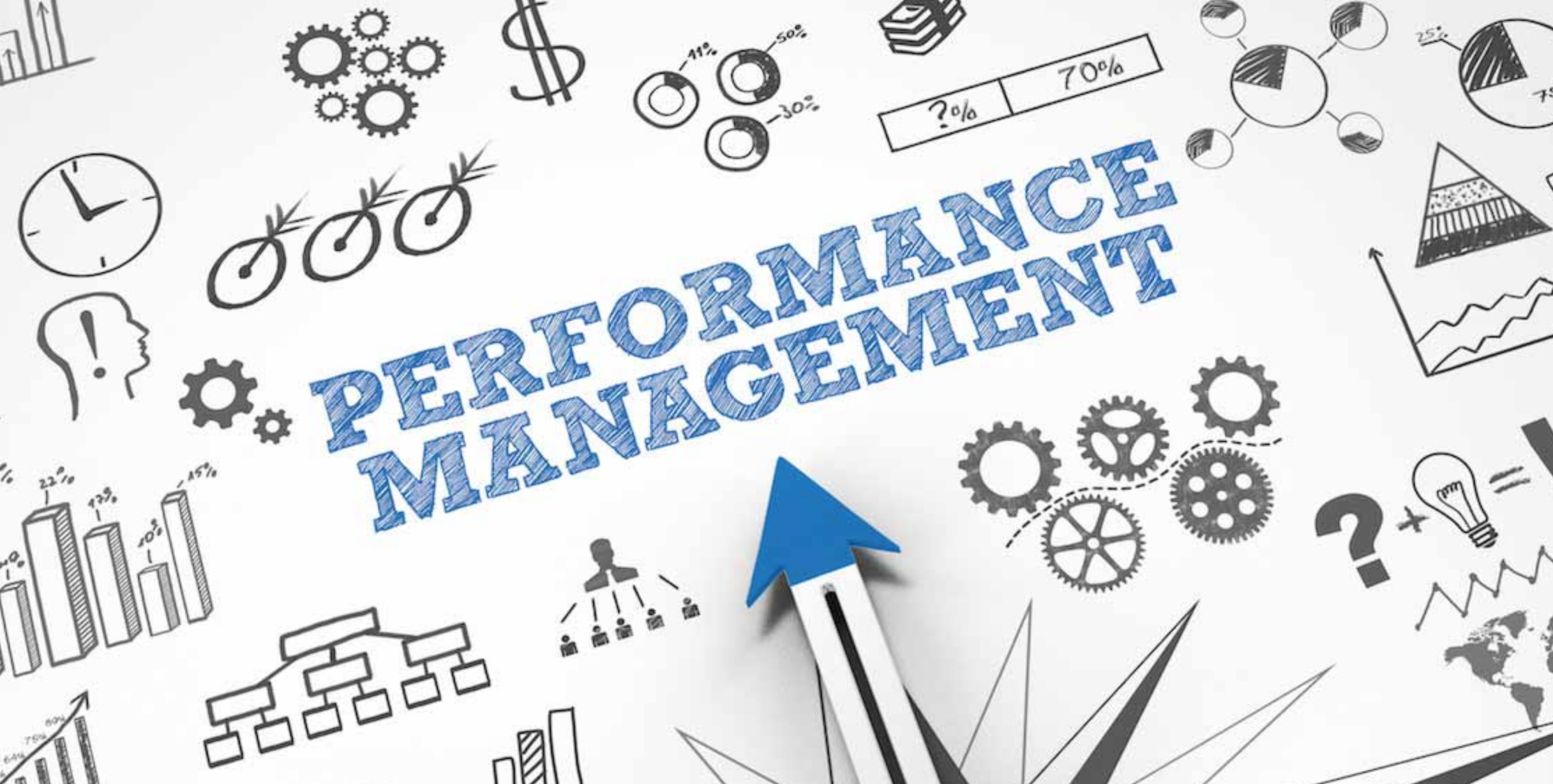Managing Employee Performance in the Age of Telework
by Lee Frothingham, Group Lead at Wheelhouse Group
with contributions by Mary Ellen Brennan, Wheelhouse Group Talent Management and Human Resources Consultant
For most organizations, especially government agencies, working from home used to be the exception not the rule. Today, it’s just the opposite. We’ve settled into our new work routine – often typing up emails and attending meetings in earshot of our partners and kids. After a few bumps in the road, most of us have adjusted and deliver the same level of service and quality as when we were in the office. For some new teleworkers, however, the transition hasn’t been an easy one. They’ve struggled to perform at their highest level. As a result, managers are considering ways to support their struggling staff and ensure all their people are delivering results.

“Managers are in a very challenging position,” says Mary Ellen Brennan, Wheelhouse Group’s Talent Management and Human Resources consultant. “When most staff worked from the office they had more time to communicate and connect with employees. Today, communication is more purposeful, structured, and scheduled. These more formal interactions, often happening in groups, make it more difficult to identify performance issues or concerns as timely as before.”
A decrease in a teleworking employee’s performance can appear in subtle ways…lack of instant message availability, delayed email responses, late deliverables, lack of interaction in team meetings, etc. So, how can we step in to address these issues from afar? As our resident expert Mary Ellen noted, we should ask ourselves a few questions “Before taking action, it’s important to evaluate your own trust levels and perceptions about teleworkIs the performance drastically different now? Or do you have higher expectations when you can’t physically ‘see’ the employee?”
If you determine there’s a true performance issue, the next step is figuring out your approach. We’re all facing unforeseen challenges so it’s important to consider how to balance the empathy and compassion needed for the times with the expectation to achieve individual and organizational goals. “Leaders should now evaluate their highest, mission-critical priorities and focus on those,” adds Mary Ellen. “We also need to be sure we are accommodating an individual’s preferred workstyle.” For example, perhaps you need to shuffle responsibilities. If a worker is very self-motivated but somewhat introverted on video calls there may be time-sensitive tasks they can handle, while an employee who is comfortable online, with strengths in the area of collaboration, could pick up tasks that require coordinating with a group via video.
In the office or not, talking with the employee directly is always the most important step to overcoming performance issues. Express your concerns – using examples from their recent work. Then, listen. The employee may be watching and teaching their children or caring for an elderly parent. Frequently, new teleworkers can burn out if they don’t create an office routine with regular working hours. If you don’t have a window of time for your job, you’ll either work around the clock or put off your work. We all know that neither is productive.
Once you have insight into the employee’s challenges, it’s important to gain agreement about the need for performance improvement and the approach to addressing performance issues. Assure them that you will provide the assistance, guidance, and coaching they need to succeed. Resources may include your company’s Employee Assistance Program, mentoring or job sharing with a high-performing team member, time management training, or using paid leave options introduced specifically for COVID-19 related stress.
Once you have a plan in place, be sure to follow-up by establishing regular engagement touchpoints to check-in on progress. “People need comfort in knowing that you have their best interests at heart” says Mary Ellen. “That personal touch may be just what the employee needs to turn things around.”

Lee Frothingham
Group Lead, Wheelhouse Group
Lee is an accomplished, creative, and focused leader who helps her clients realize their business objectives by engaging stakeholders and delivering effective, change-focused communications. She thrives in working with leadership teams in dynamic, ever-changing environments, and has a unique ability to tailor communications specifically to the needs of any audience. Having worked with public and private sector executive teams, she excels at aligning and enhancing both the customer and employee experience.
